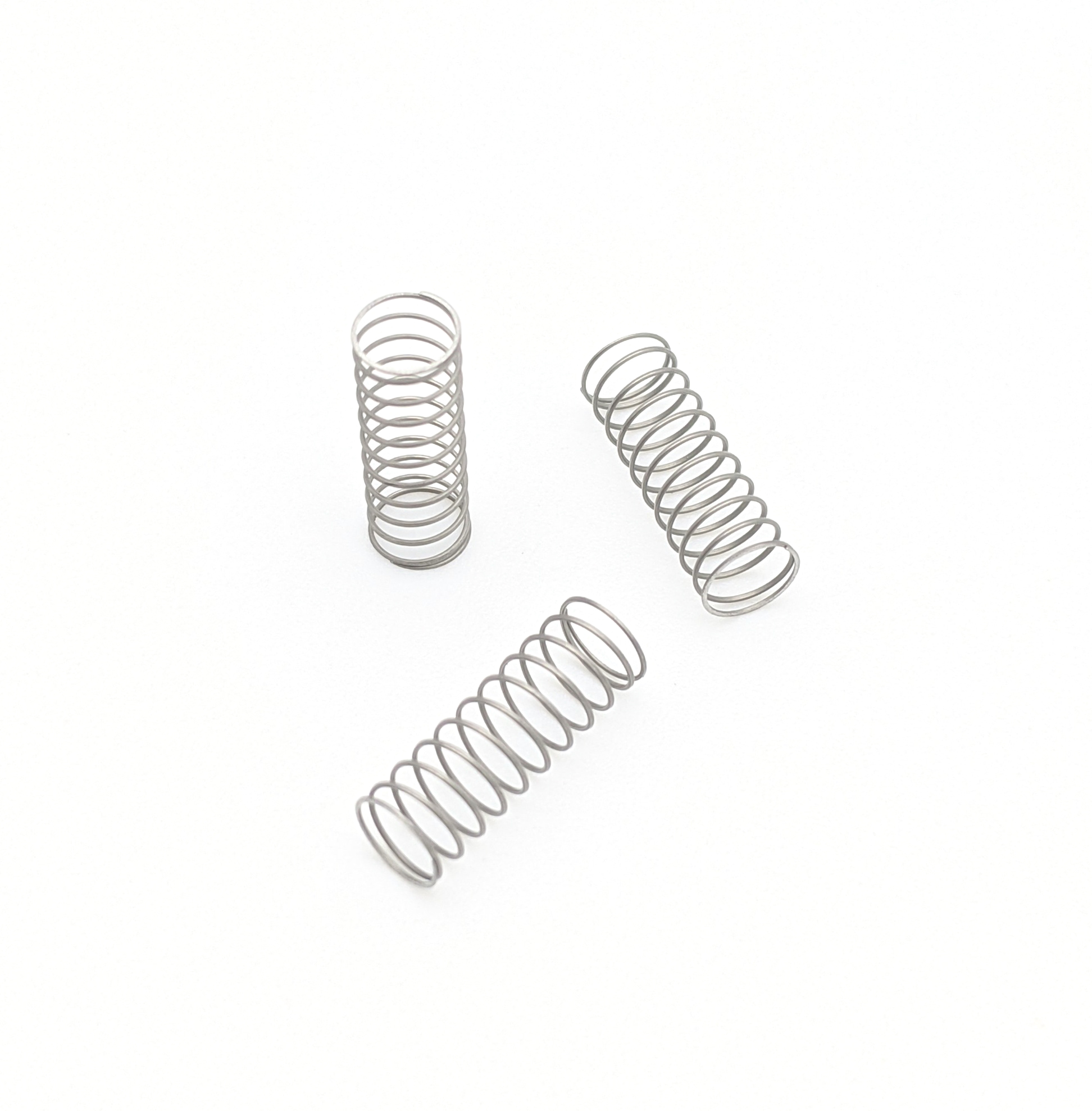Get unique, complex parts easily. No matter your requirements, Chaoyi Spring creates hard-to-produce coil springs and wire forms.
Let us help you create the custom wire form you need, from S-hooks and J-hooks to utility hooks and more.
We work closely with customers across a wide range of industries, helping them design and manufacture made-to-order parts.
Why choose Chaoyi Spring? We prioritize customer-focused collaboration, modern equipment and the latest technology to make your parts per print.
Find the information and guidance you need, from measuring a spring to learning about materials, placing an order and much more.
Tension springs, those often overlooked yet ubiquitous components, are the silent workhorses behind countless everyday functions. From the smooth retraction of a retractable pen to the satisfying click of a


Tension springs, those often overlooked yet ubiquitous components, are the silent workhorses behind countless everyday functions. From the smooth retraction of a retractable pen to the satisfying click of a door latch, tension springs are the driving force behind countless mechanisms, ensuring things work just the way we expect. But beyond their seemingly simple appearance, tension springs embody a complex interplay of physics, material science, and engineering that makes them indispensable to our modern world.

Tension springs, also known as extension springs, are designed to operate under a stretching load. Imagine a simple spring on a retractable pen. When you push the pen, the spring compresses; when you release it, the spring extends, pulling the pen back out. This is the essence of a tension spring: it stores energy when compressed and releases it to exert force when stretched. This force can be used to perform a variety of actions, from simply retracting a pen to powering intricate machinery.
The heart of a tension spring's functionality lies in Hooke's Law, a fundamental principle of physics. This law states that the force exerted by a spring is directly proportional to its displacement. In simpler terms, the more you stretch a tension spring, the stronger the force it will exert in an attempt to return to its original length. This relationship is defined by the spring constant, a measure of a spring's stiffness. A higher spring constant means a stiffer spring, requiring more force to stretch it.
Tension springs are typically made from spring steel, a material renowned for its resilience and elasticity. This material can withstand repeated stretching and compression without permanently deforming. However, the specific type of steel used can vary based on the application. For instance, springs requiring high resistance to corrosion might be made from stainless steel or phosphor bronze, while springs carrying electric current might be made from beryllium copper.
Tension springs are remarkably versatile, finding their way into a wide range of applications across various industries. Here are just a few examples:
Selecting the right tension spring for a specific application requires careful consideration of various factors. These factors include:
The world of tension springs isn't limited to simple coils. Engineers and designers are constantly innovating to create tension springs with specialized properties. These innovations include:
Tension springs are far from static, and their potential for innovation remains vast. With advancements in materials science and manufacturing techniques, we can expect to see even more specialized and efficient tension springs in the future. These developments will likely lead to exciting new applications across industries, further cementing their place as essential components in our modern world.
From the seemingly mundane to the incredibly complex, tension springs are everywhere, quietly performing their tasks with precision and reliability. Their simple design hides a remarkable history of innovation and a boundless potential for future advancements. As our world continues to evolve, tension springs will undoubtedly remain at the heart of countless innovations, ensuring that things continue to work as intended, smoothly, efficiently, and without a hitch.
Browse some of the custom wire forms and springs that we manufacture. Don’t see what you need? We specialize in made-to-order products that meet your application requirements.
Visit Our GalleryNeed a custom wire form or coil spring? We make it work. Fill out the contact form and a representative will respond within 1 business day. If you have a PDF or CAD file, you can submit to request a quote.